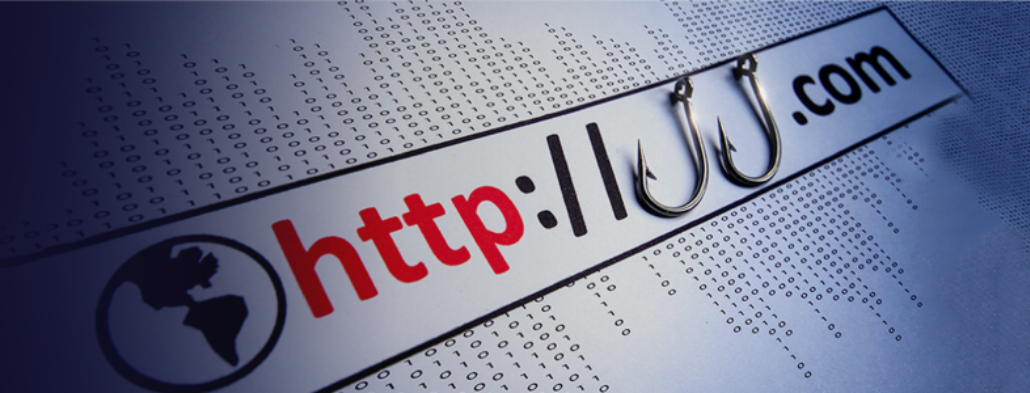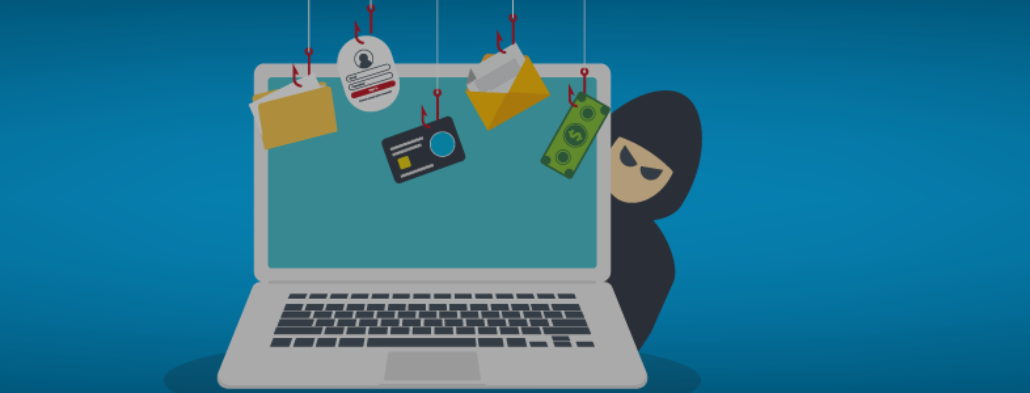Phishing emails often have spelling or grammar errors, use generic greetings, contain a sense of urgency, or ask for personal information. Be cautious when emails prompt you to click on links or download attachments.
Phishing has become an increasingly prevalent and sophisticated method that cybercriminals employ to deceive individuals into disclosing sensitive information. By posing as trustworthy entities, such as banks, CEOs, or higher authorities, these attackers trick users into sharing their passwords, financial data, or personal details.
As the online landscape evolves, it is essential to be aware of the dangers posed by phishing attacks.
Phishing is a cyberattack technique where scammers trick individuals into revealing sensitive information. These attacks are majorly carried out via email but can also occur through text messages, social media, or fraudulent websites.
Phishing attacks often employ psychological manipulation tactics to deceive users. The attackers create messages or websites that mimic the appearance of legitimate organizations making it difficult for victims to distinguish between the real and the fake. Once users unknowingly share their confidential data, cybercriminals exploit it for financial gain, identity theft, or other malicious purposes.
Discovering that you have responded to a phishing email can be alarming. If you realize you've fallen victim to a phishing attack, here are the immediate steps you should take:
It's always more efficient to pre-empt these attacks than to prevent or find a cure.
If you received a phishing email impersonating a specific organization, report it to their official customer support or security department. They can investigate the incident and take appropriate measures.
Contact your local law enforcement or the cybercrime division of your country's police force to report the phishing attack. Provide all the necessary details and any evidence you have.
The APWG is an international coalition working to combat phishing attacks. Visit their website to report the incident, providing all relevant information.
Phishing emails often have spelling or grammar errors, use generic greetings, contain a sense of urgency, or ask for personal information. Be cautious when emails prompt you to click on links or download attachments.
Yes, it is known as vishing. Attackers may pretend to be from legitimate organizations and attempt to extract personal information over the phone.
While it is generally safe to click on links in emails from trusted sources, it is still essential to exercise caution. Hover over the link to verify the URL and ensure it matches the expected destination.
Educate your employees about phishing techniques, implement strict security protocols, use email filters to identify suspicious messages, and regularly update security software to protect your business from phishing attacks.

Phishing | Email Security

Spear Phishing | Email Security

Smishing | Email Security